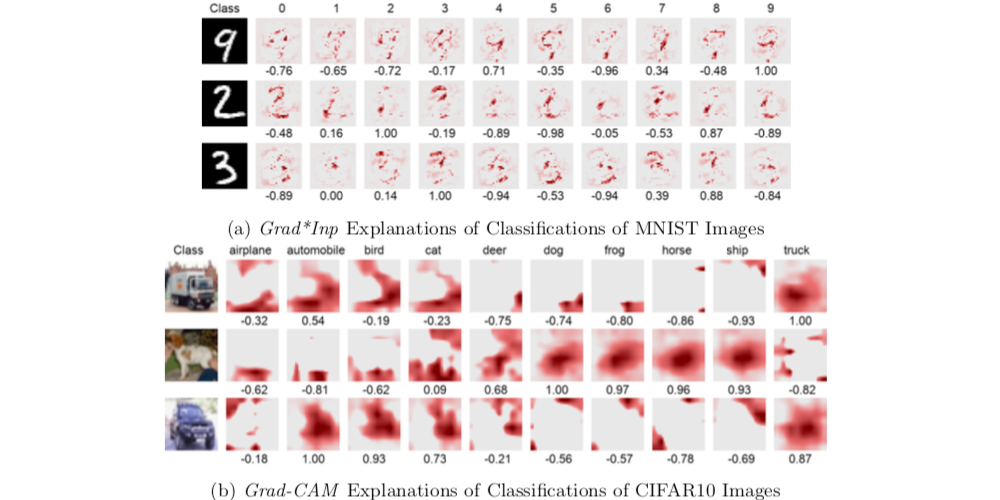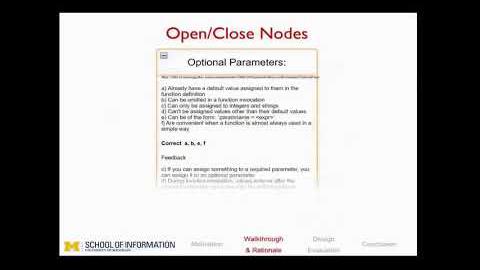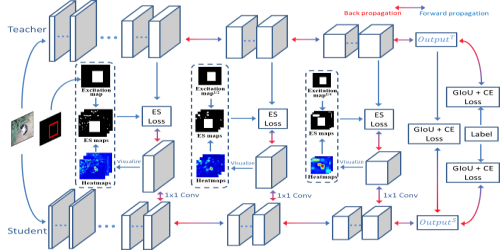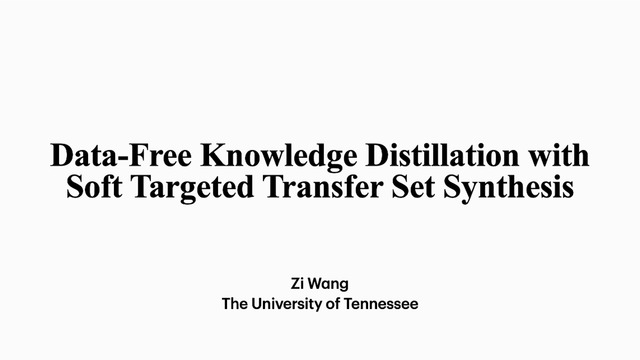Abstract:
Online learning has become the primary source of education in 2020 with the impact of COVID-19 forcing millions of students to stay at home. In order to personalize the learning experience we have built a recommendation system that takes advantage of the (1) Rich content developed at Chegg (2) An excellent knowledge graph that organizes content in a hierarchical fashion (3) Interaction of students across multiple products to enhance user signal in individual products.Chegg is a centralized learning platform. Students visit Chegg to get help with homework using Chegg Study, learn from flashcards for their tests, practice examinations, learn relevant concepts, work with a tutor online to get one on one learning experience. This represents a large amount of content available to students. In order to organize the content we have developed a Knowledge Graph with nodes representing a hierarchical scheme of concepts taught at different educational institutions and the content at Chegg. In order to create edges between concept nodes and content we build text classifiers to tag content with concept nodes.Often students will interact with one or two products such as Chegg Study or Text Book rentals and browse other products such as flashcards, exam practice, etc. In order to suggest relevant content to them, we deduce the concepts they have been studying in products where they are more active and suggest content in products where they are less active.In this presentation I will talk about the general framework for developing personalized recommendations at Chegg and do a deep dive into (1) Text classifiers required for content tagging and (2) Building cross product recommendations. In text classification, I will go into details about working with noisy training data and model improvements using multi-task learning [1]. For cross product recommendations I will talk about combining user signals from multiple products [2] to deduce general pattern of student interest and use that information to retrieve relevant content — for example flashcards or practice exams for users.









































